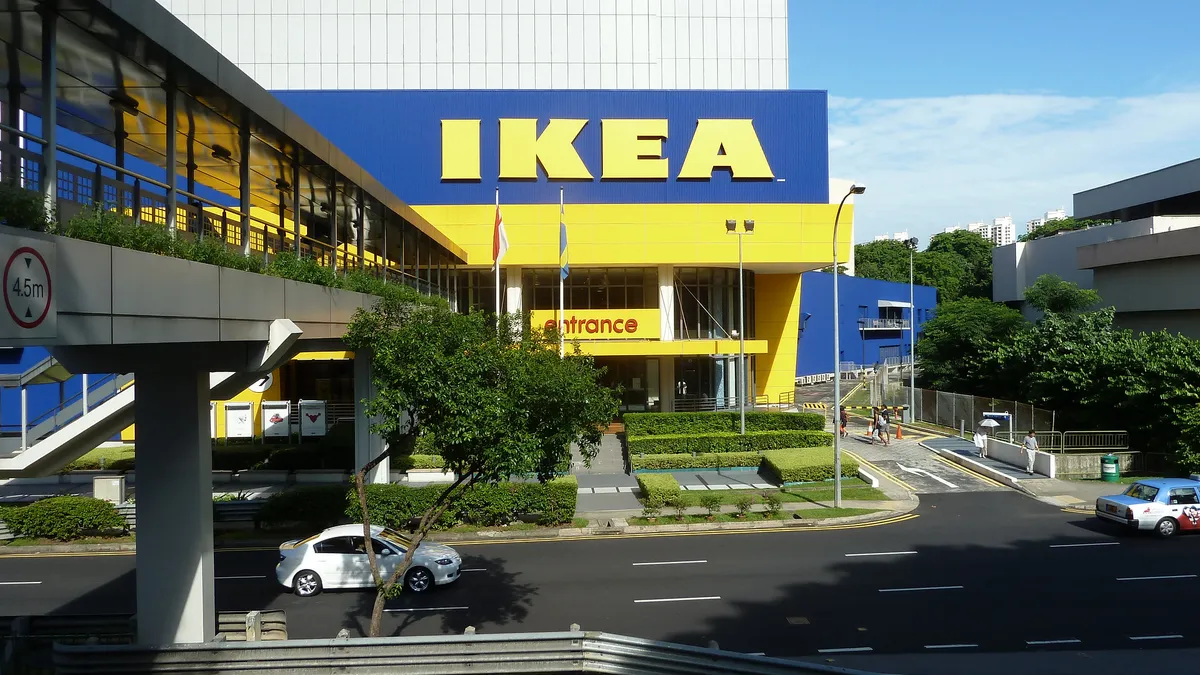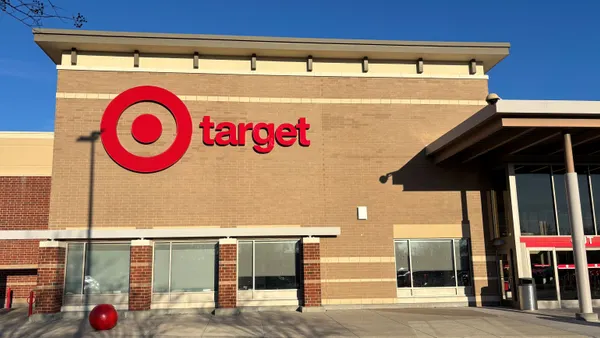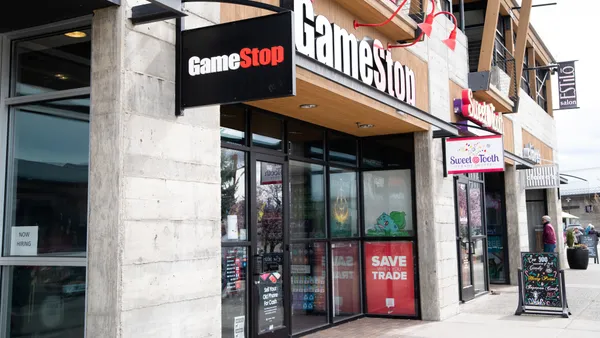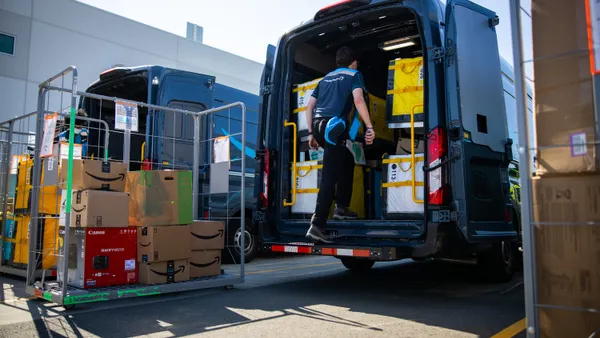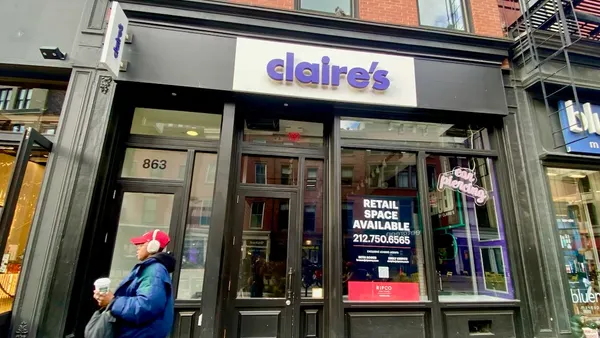E-commerce took off during the past year and a half as many retailers were forced to close stores in the early days of the pandemic and consumers were wary of leaving their houses. Retailers that didn't have robust online businesses scrambled to build out their operations.
Ikea, known for its flat-packed goods and warehouse-style stores, was among those retailers.
"E-com is one thing, which is a channel to sell. But the dependency on the fulfillment and services became quite obvious and evident," said Tolga Öncü, retail operations manager at Ingka Group, Ikea's largest franchisee. So, the retailer started the process of transforming its fulfillment network.
The retailer had started making investments prior to the pandemic to become an omnichannel retailer, but Öncü said that "it was still clunky, it was new."
When stores were forced to close in the early weeks of the pandemic, Ikea had to shift its operations basically "overnight" to accommodate for the influx of online orders, Öncü said. That's when Ikea realized it could tap into its existing store base to help serve as fulfillment points.
"Our co-workers across the world jumped onto the opportunity [to] transform the store's layout, the different assignments and tasks of the teams working there to really look into: How can we continue serving the needs, dreams and desires of the many customers? Especially when the pandemic started and the importance of people's life at home just increased dramatically," he said. "From one day to another, a store that you might recognize with a showroom layout, suddenly became a complete 100% fulfillment unit."
Home took on a new meaning during the pandemic. As lockdowns closed schools and offices, more people were working and schooling from home. Many consumers began investing more in their personal spaces to make their new realities more comfortable, causing a spike in demand for retailers selling in the home category.
While the demand increase was good for Ikea's sales, shifting to operate as an online-only retailer introduced challenges. Retail observers in the past have criticized Ikea's website and overall online shopping experience. And even with the recent investments the retailer made prior to the pandemic, the shift to e-commerce wasn't an immediate success. In fact, slots for Ikea's curbside pickup service were reportedly unavailable, customers in some cases had to wait more than a month to receive online orders and the phone lines were clogged.
Despite this, the retailer has been able to grow its sales and e-commerce business over the past year. Ingka Group on Thursday reported Ikea retail sales increased 6.3% year over year to 37.4 billion euros ($43.4 billion). E-commerce share of sales increased from 18% to 30% as a result of the retailer transforming its stores to also serve as fulfillment points, revamping its website and continuing its rollout of the Ikea app, according to a company press release. Inter Ikea Systems, the owner of the Ikea concept and global Ikea franchisor, on Thursday announced Ikea retail sales across all 12 groups of its franchisees was 41.9 billion euros.
But, those stores that the retailer has become known for — with their vignette-style displays, flat-packed boxes and, of course, the meatballs in the cafe — will remain a key part of the Ikea experience.
The focus now is on how the retailer can marry that experience with the online experience, Öncü said.
"Online and offline are not two separate channels," he said. "For our customer, we see it as a total Ikea experience, which includes perhaps a visit to a store, visit to a smaller-format, visit to the Ikea app, visit to our website — so they all play different roles in the total experience of Ikea."


